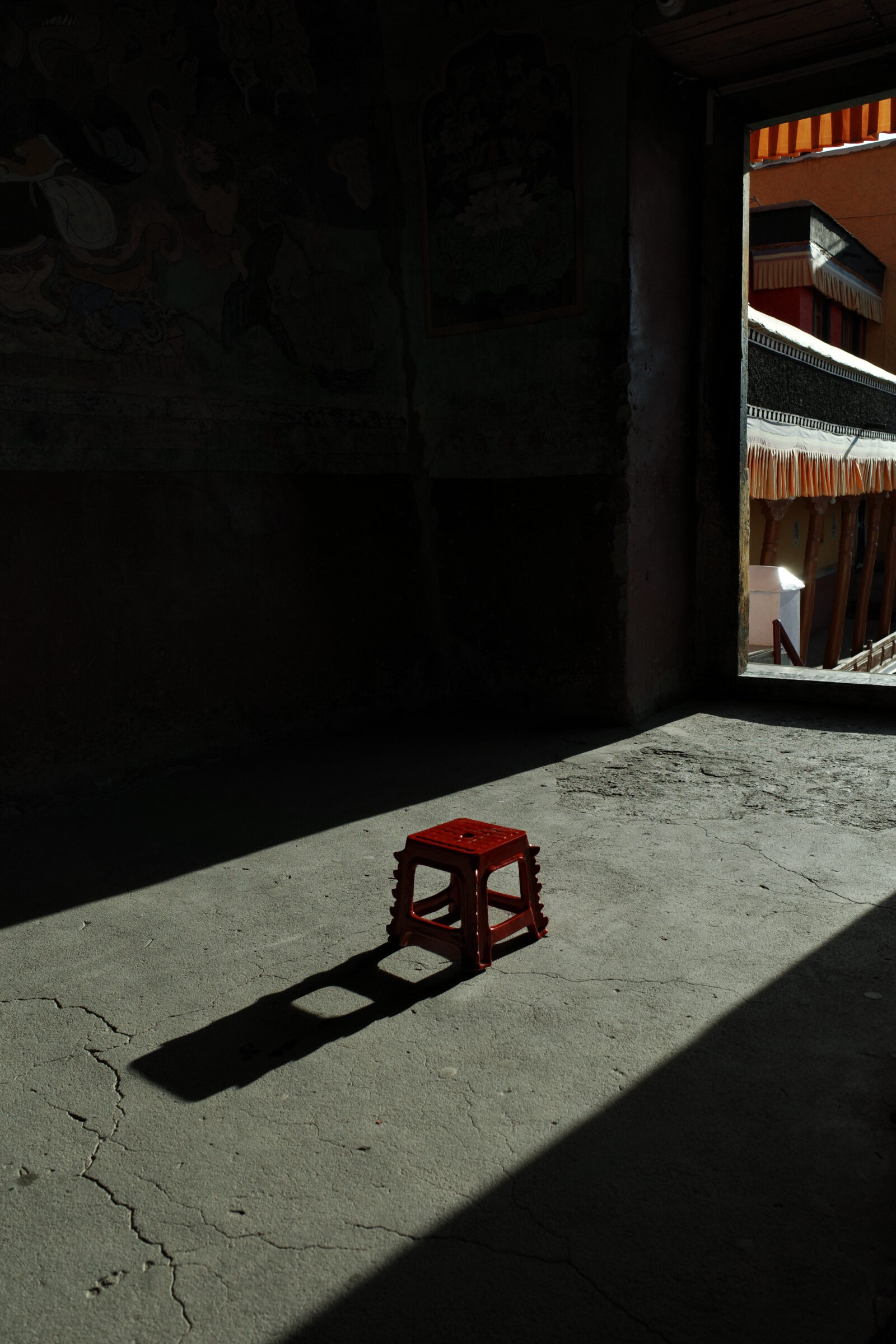From the famed Taj Mahal of Agra to the ancient monasteries and villages at the foot of Ladakh’s seemingly desolate mountains, far and wide the Dragon Stool had traveled, its path spanned the land of India.
The stool is part of “Rồng Phố” (Dragon of the Urbanites), a series of artworks created through a collaboration between Bát Tràng Museum Atelier and Designer Diệu Anh. This collection includes five pieces of Bát Tràng ceramics, each combining the regal imagery of the dragon with the deeply resonant familiarity of everyday Vietnamese street objects, namely monoblocs, stools, bricks, tubes, and tires; forming a distinctive collection that harmonizes Vietnam’s ancient traditions with the nation’s contemporary culture.
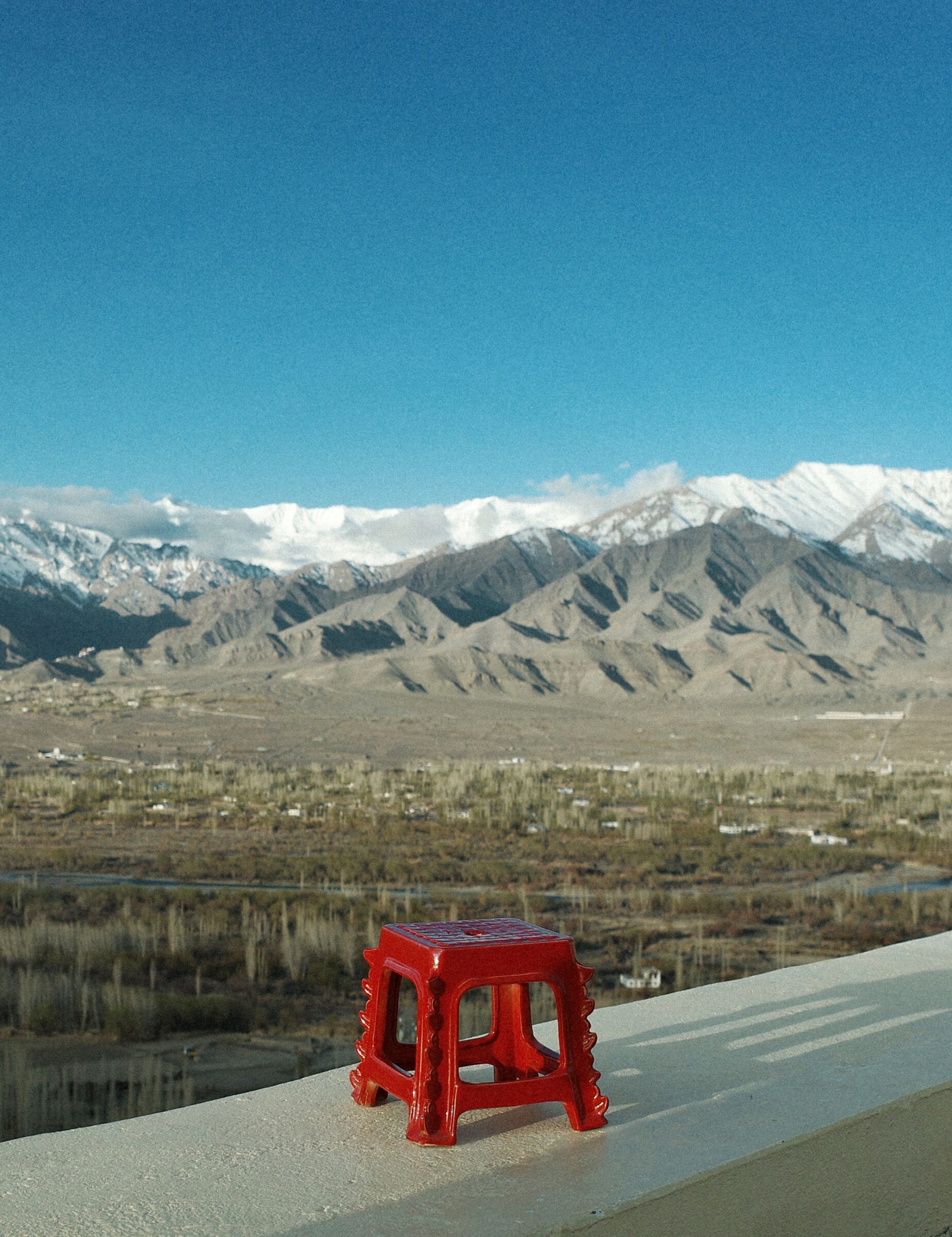
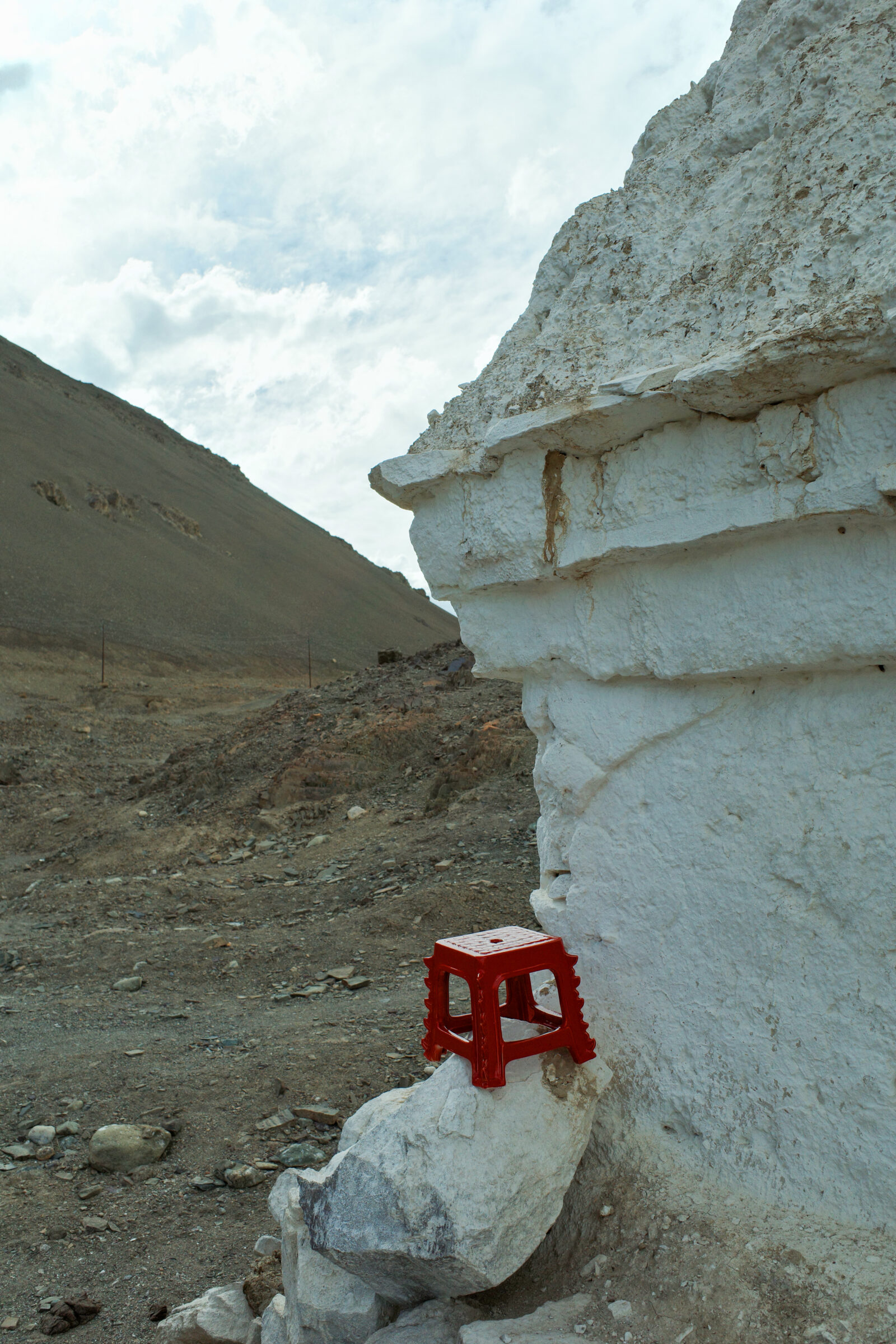

The Taj Mahal
The Taj Mahal, the immense mausoleum of white marble built as a loving tribute under the order of emperor Shah Jahan to his dearest wife, is the crown jewel of India and one of the Seven Wonders of the World as recognized by UNESCO in 1983.
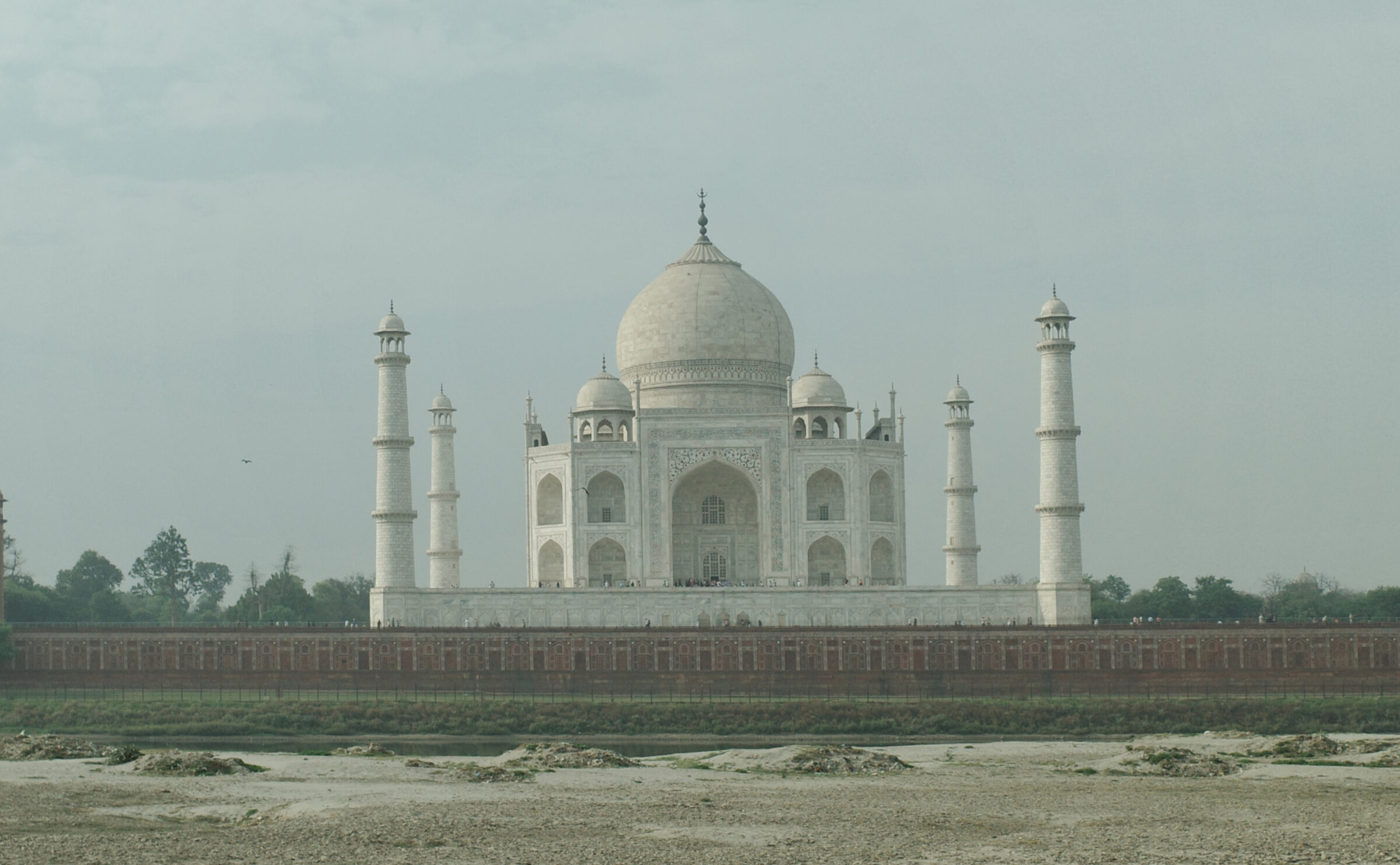

Julley Julley
Is a magical word that anyone in Ladakh could use to either greet, express gratitude, or even bid farewells to subordinates and strangers alike. Additionally, it is also a sound of comfort throughout one’s journey exploring this land of towering mountains and vast wilderness.
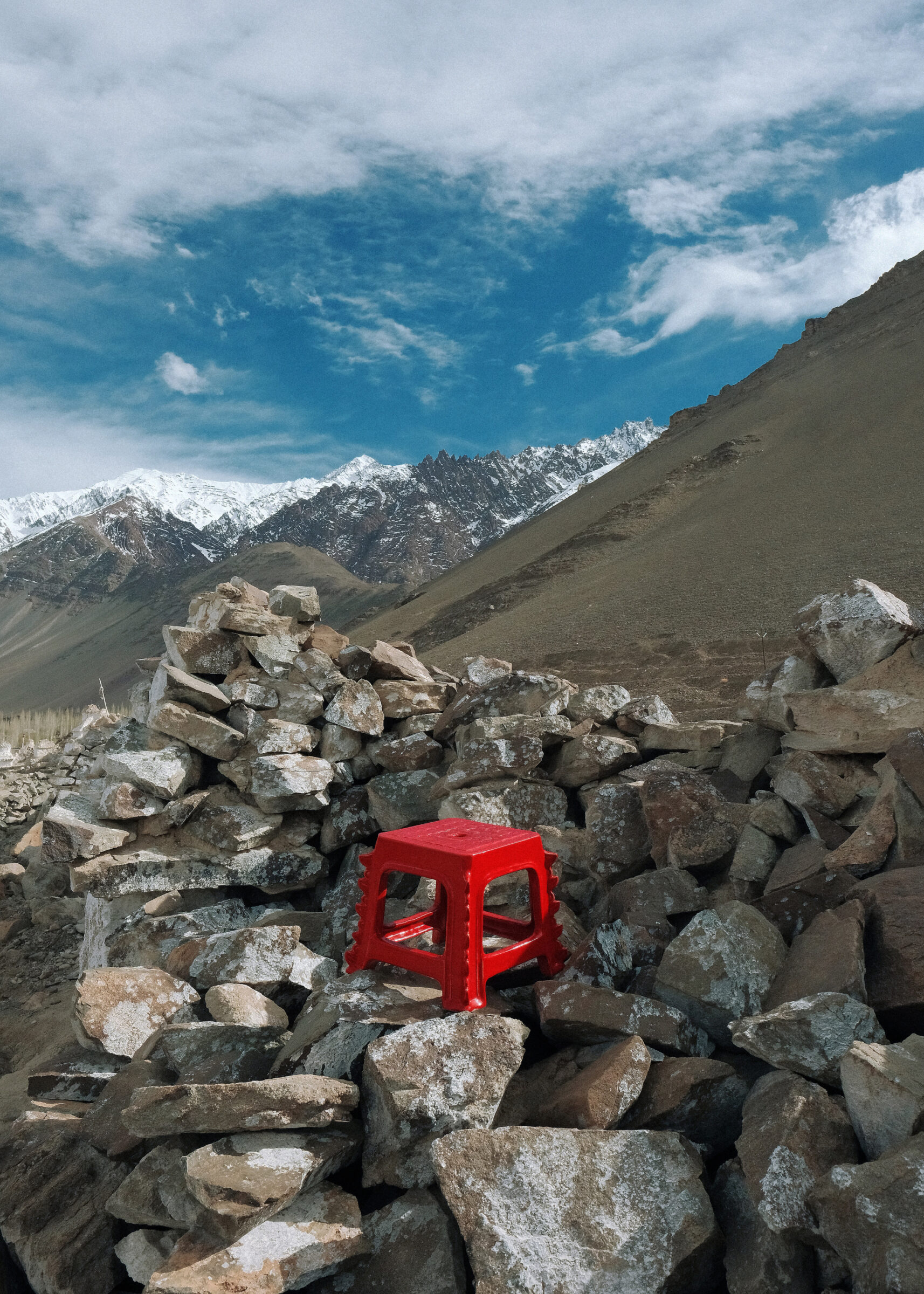
The breathtaking view of nature
The mountain stretches here resemble long brushstrokes of color, layered in shades of brownish grey, with some peaks coated in white pigments, like a crinkle cookie sprinkled with sugar. Encircling the land, these peaks are almost always within sights and offer the most awe-inspiring of views, which is also exactly what makes the surreal seclusiveness and serenity that follow one’s every footstep on their journey throughout Ladakh.

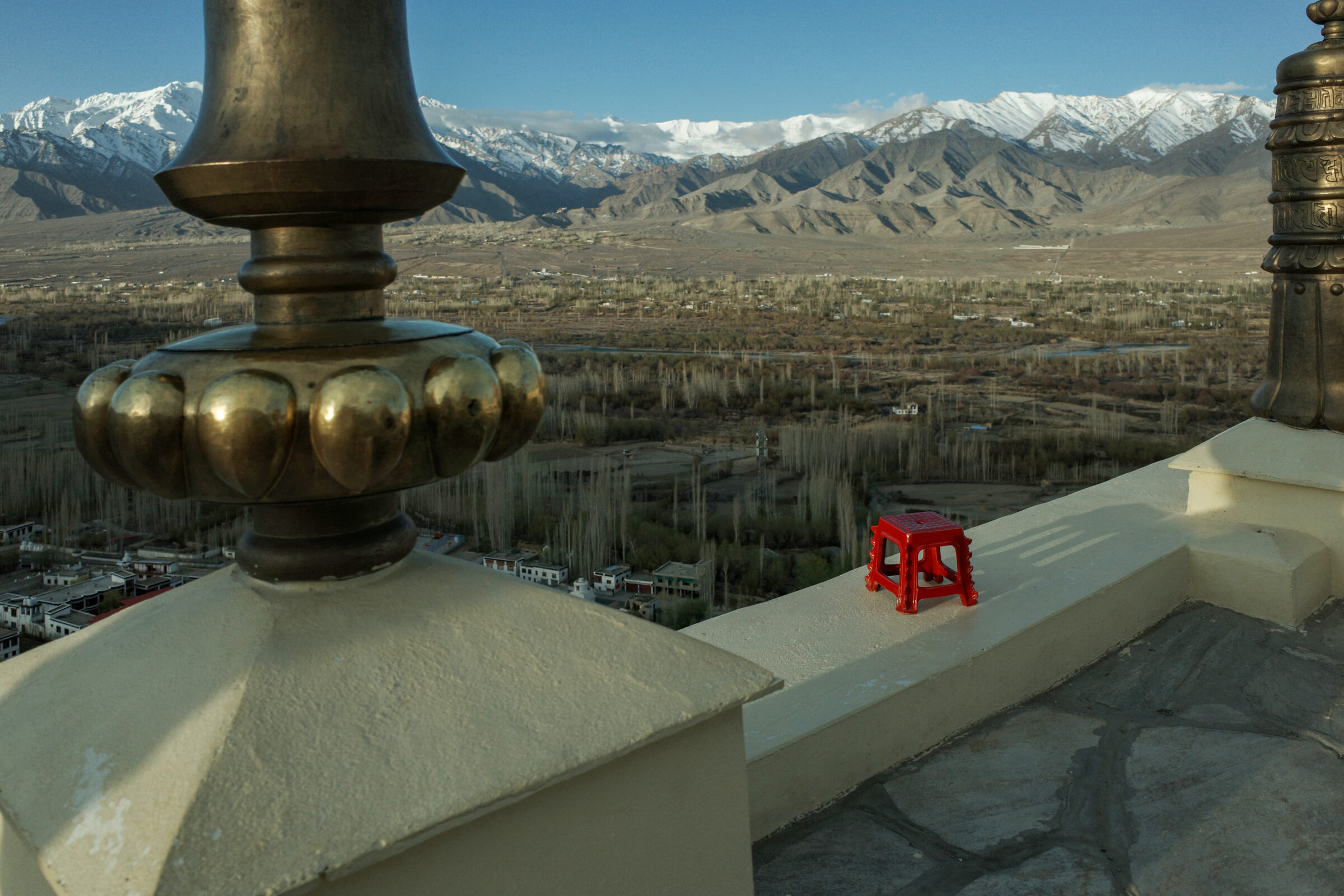
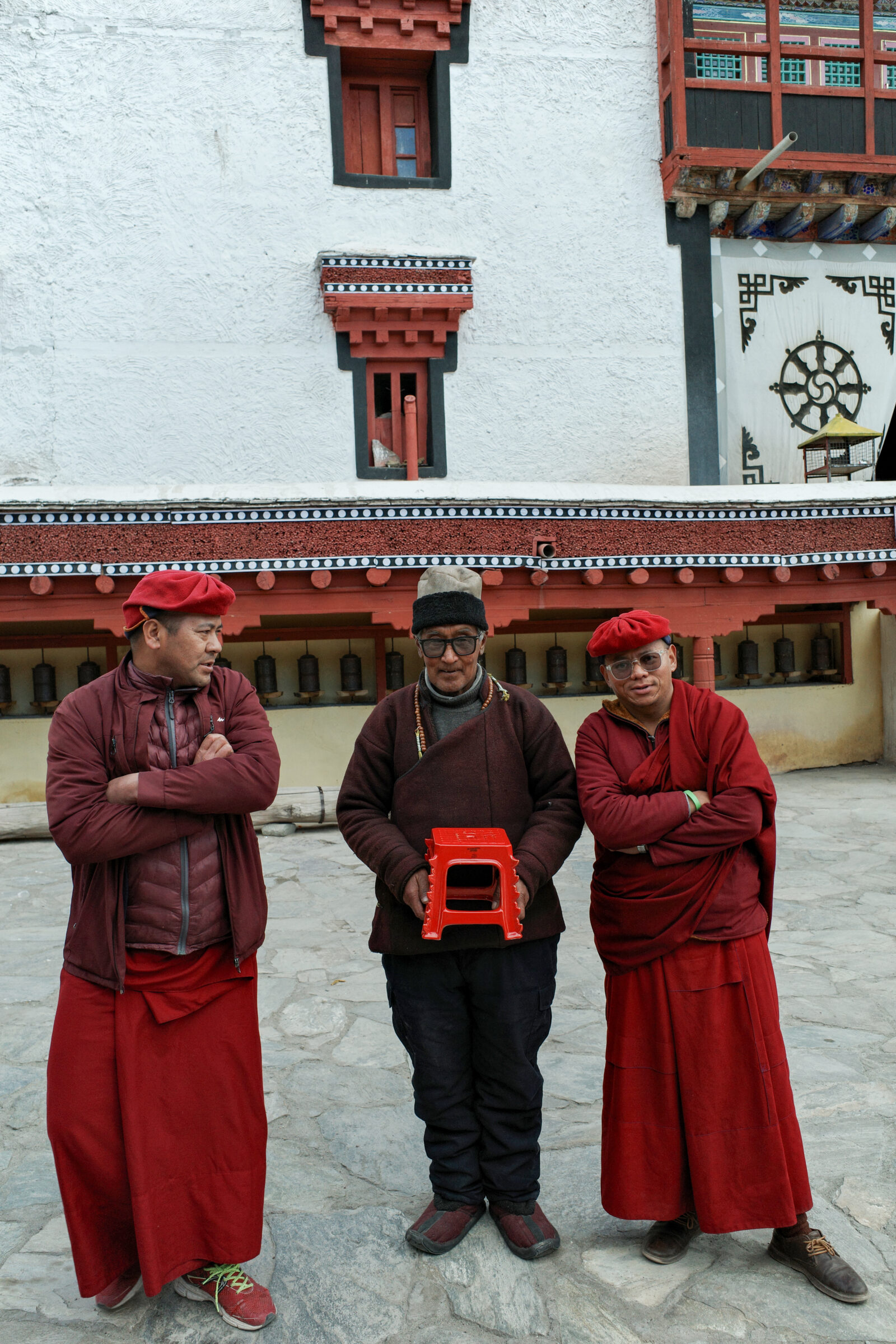
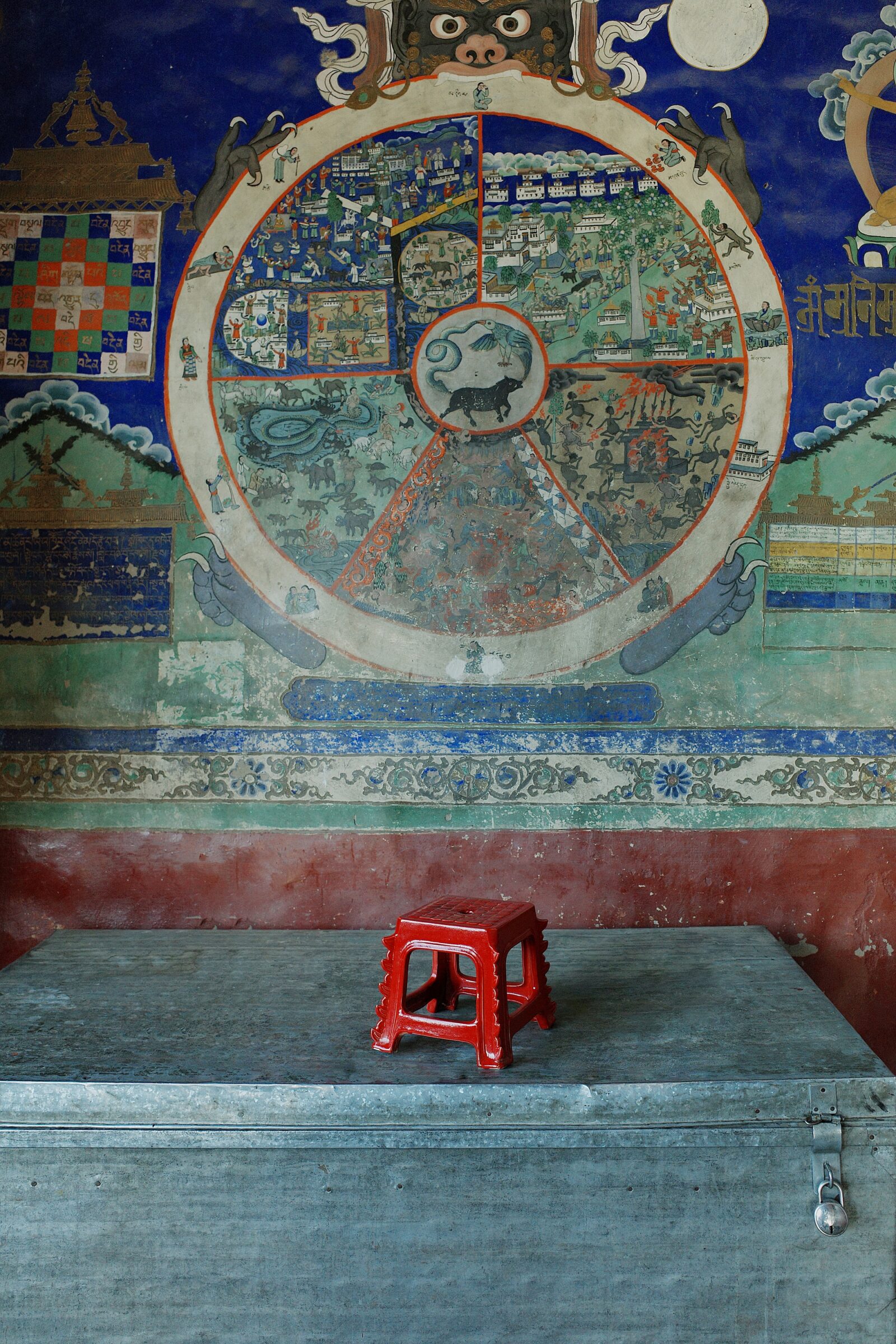
The ancient monasteries
Ladakh has always been famous for its hundreds of monasteries. These ancient milestones from a bygone age are proof of the Ladakhis’ phenomenal architectural feats as well as their incredible mental fortitude. There are 16 ancient monasteries of note, and although they are positioned in various locations and were built separately from one another, all are within the confines of the bewitching wilderness of the Himalayas.
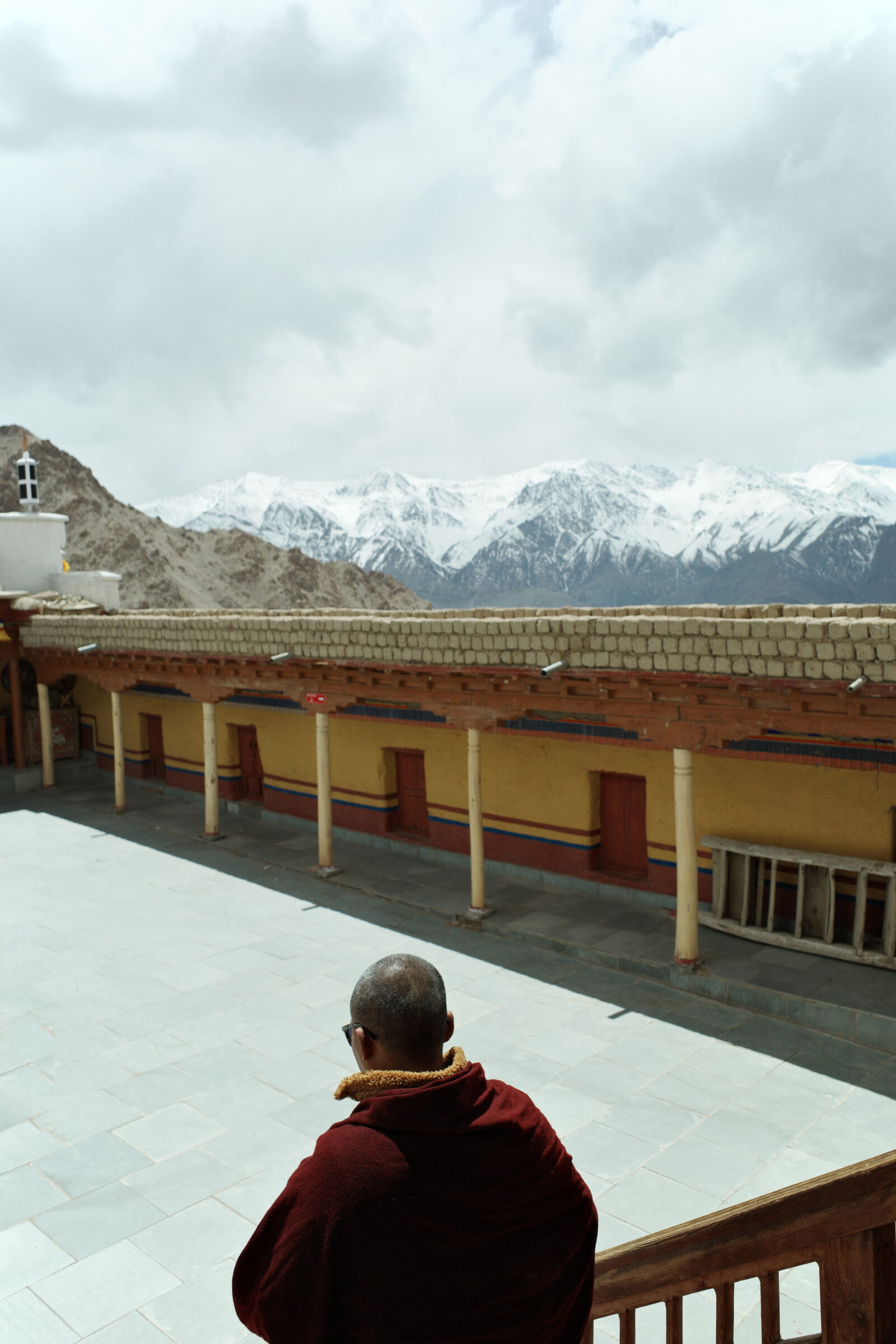
Thiksey Monastery
The monastery is located at an altitude of 3600 meters and it takes its name after the village below, meaning “a perfect order”. Indeed, a perfect order it is between nature, men, their architectural marvels and the pervasive cultures of Buddhism.
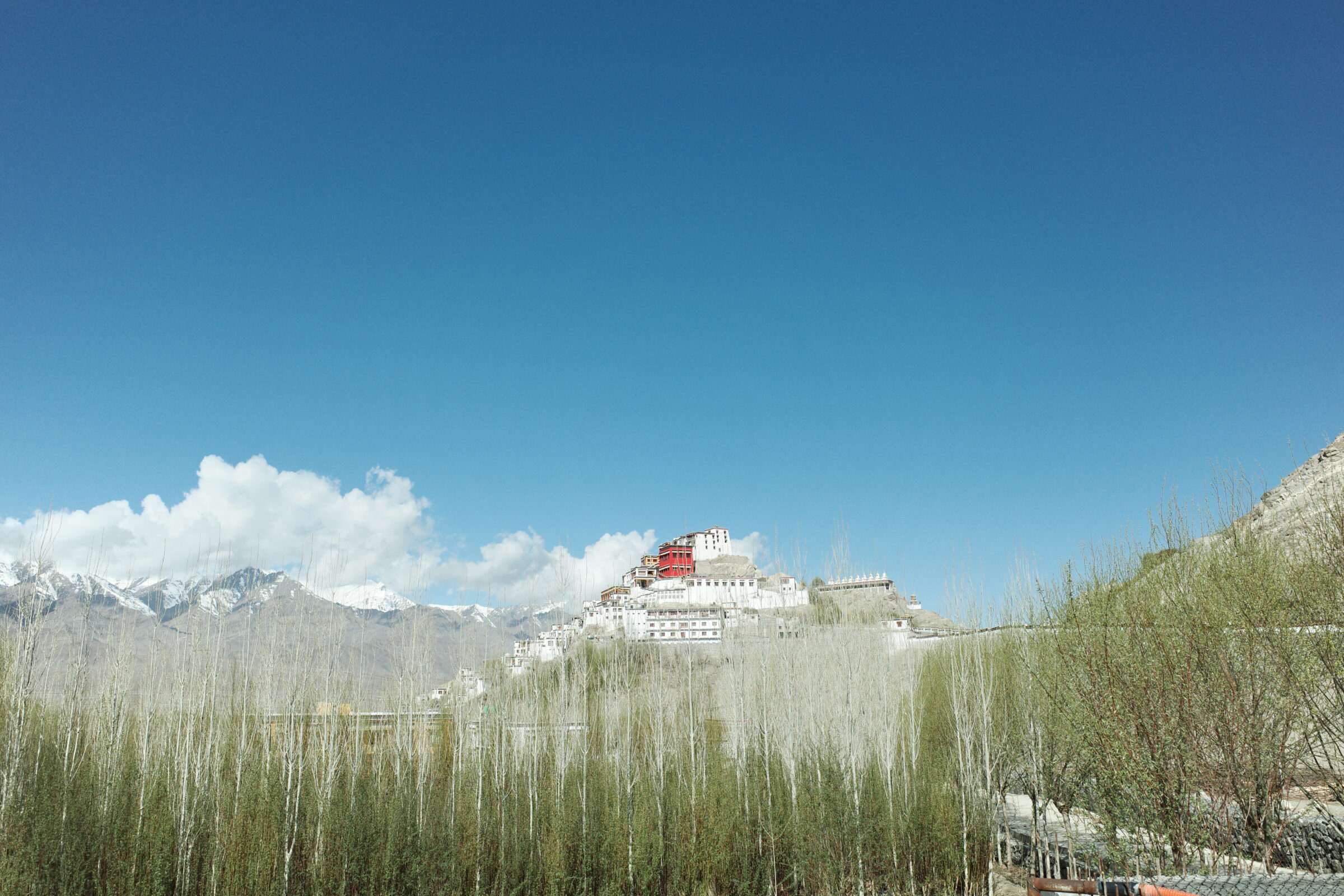
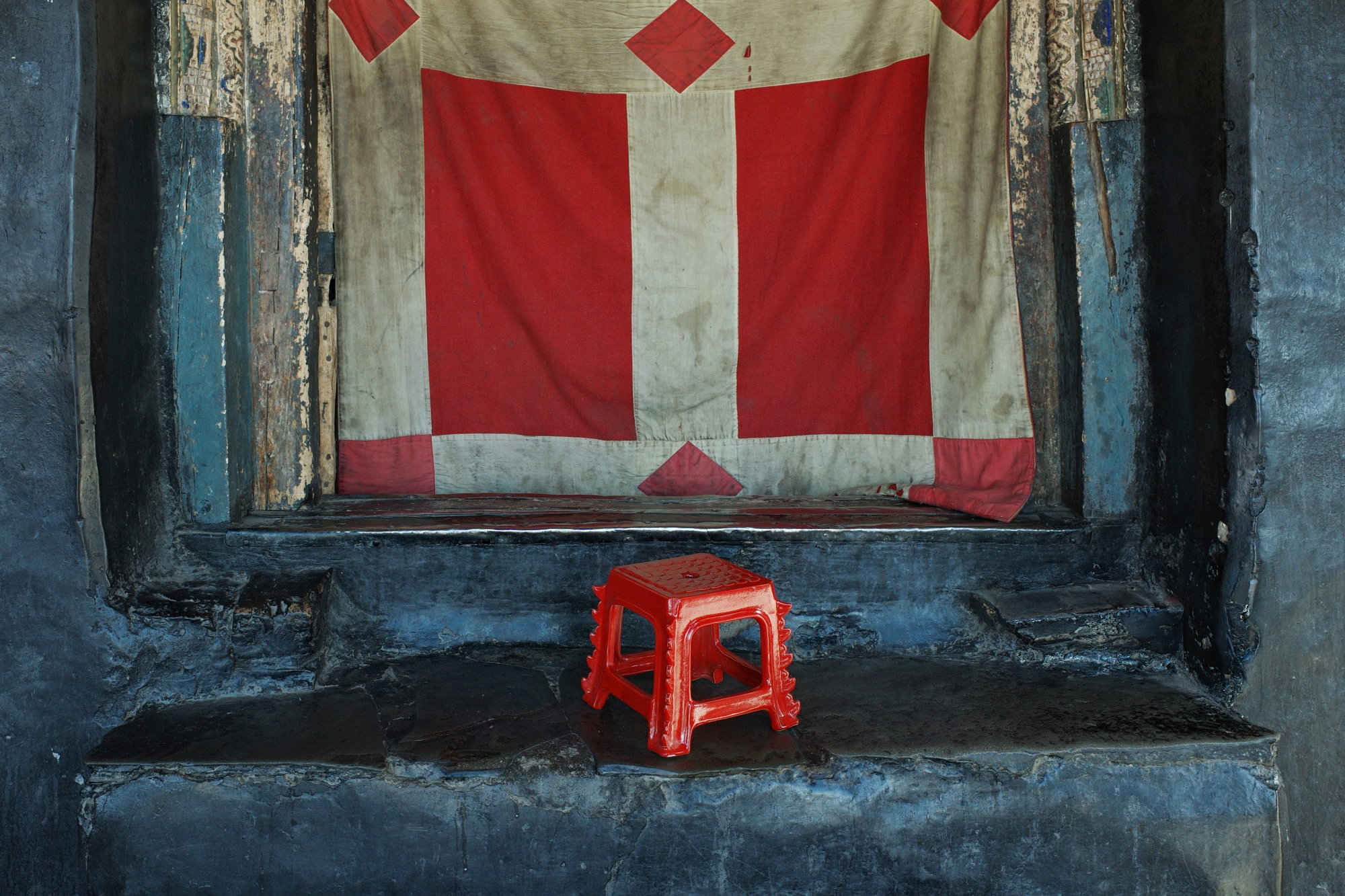
Before the morning prayers, the Zangs dung’s (a horn instrument) must be played by two monks on the highest floor of the monastery. The sound of this instrument would then help the young monks focus during their praying session at the main prayer hall. Were any tourists from afar to participate in this ritual, they would find this to be a worthwhile and precious experience during their travel to Ladakh.
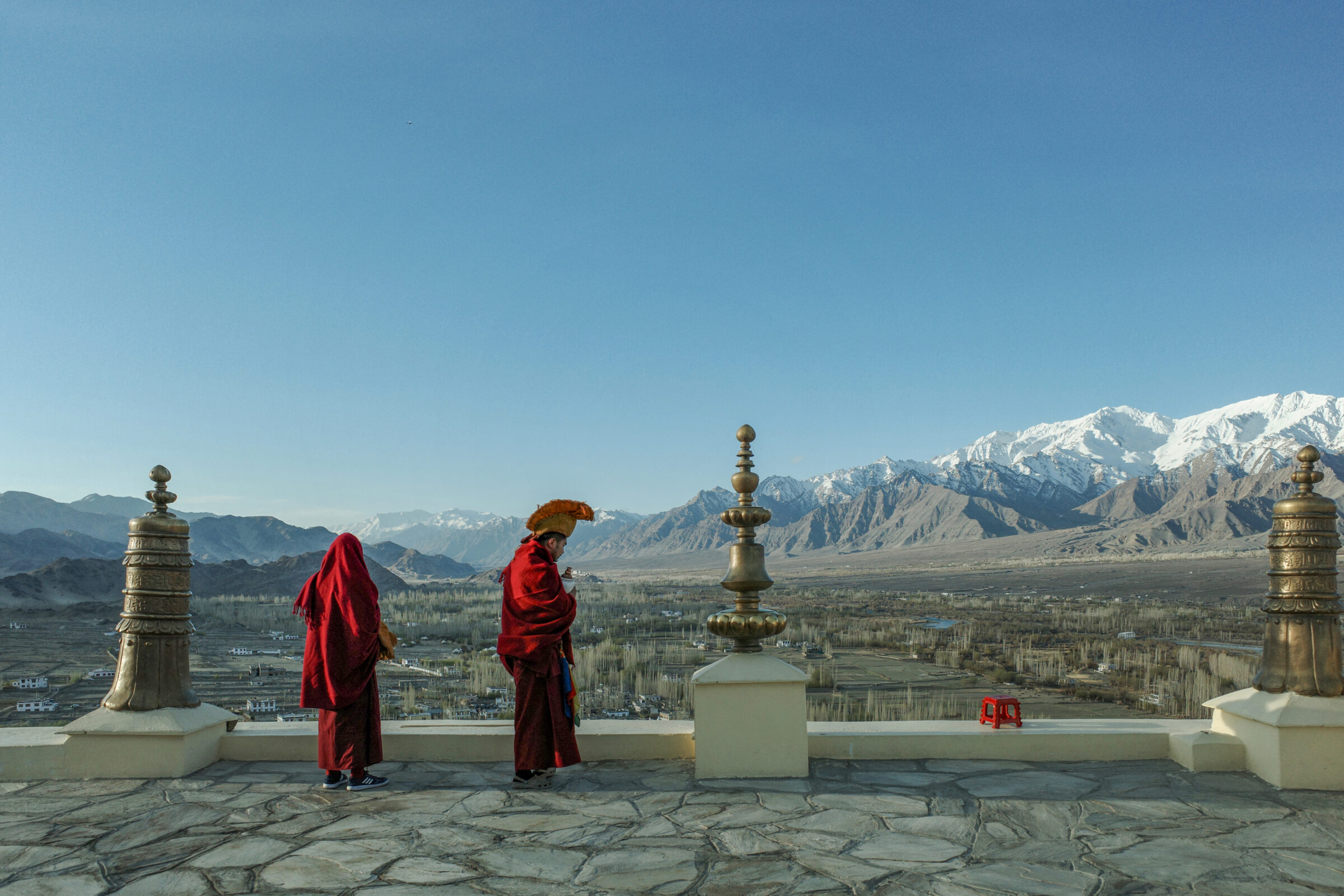
The Dragon Stool was placed here, before the Buddhist mural of the prayer hall. From this point of view, through the window frame, life at the ancient monastery atop the high hill seems slow to pass, almost unchanged through the hundreds of years: below are the little houses alongside the dozens of smooth white stupas, afar are the desert and the great mountain ranges of the Himalaya. Any moment spent here overlooking this scenery is sure to be one of bewilderment.
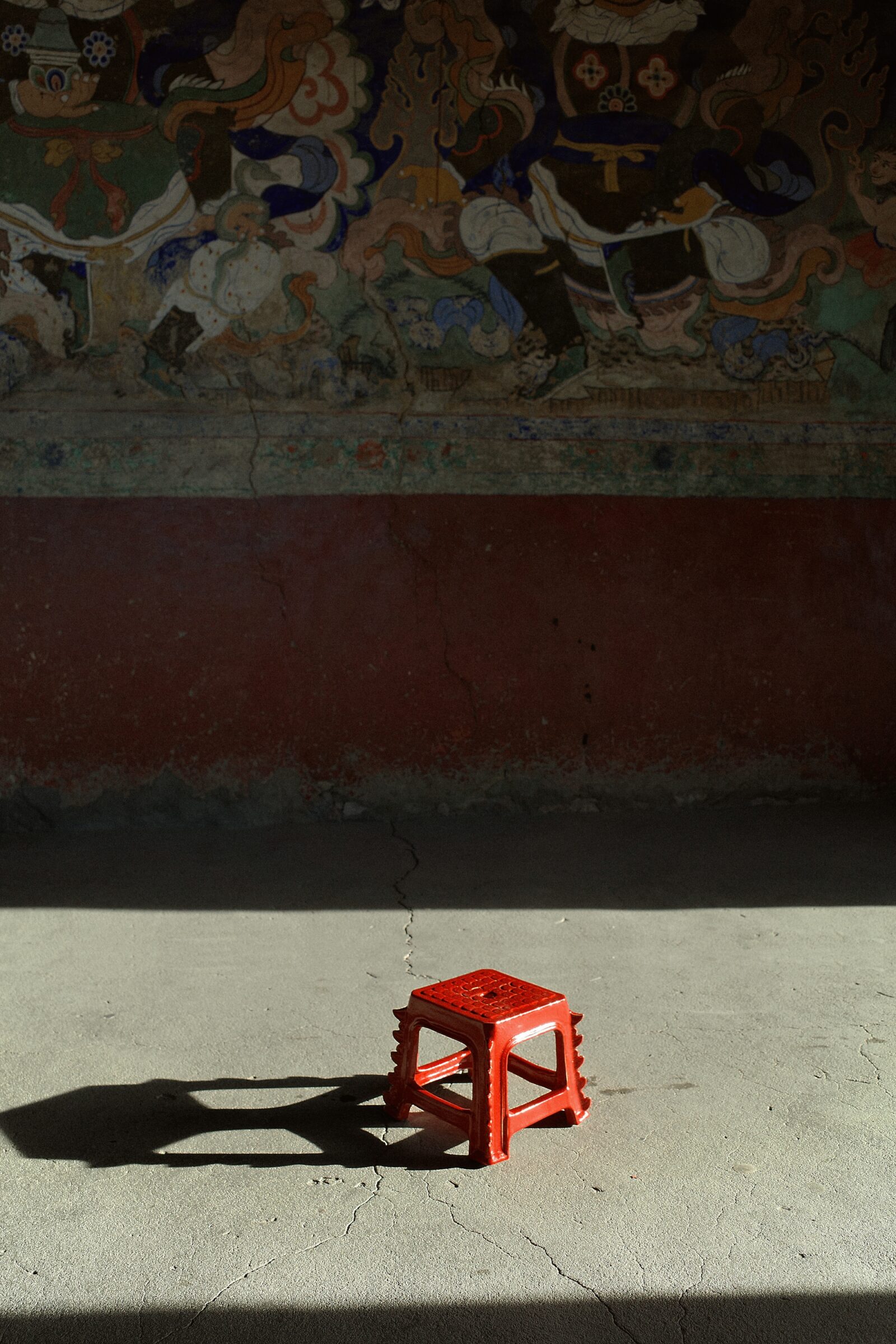
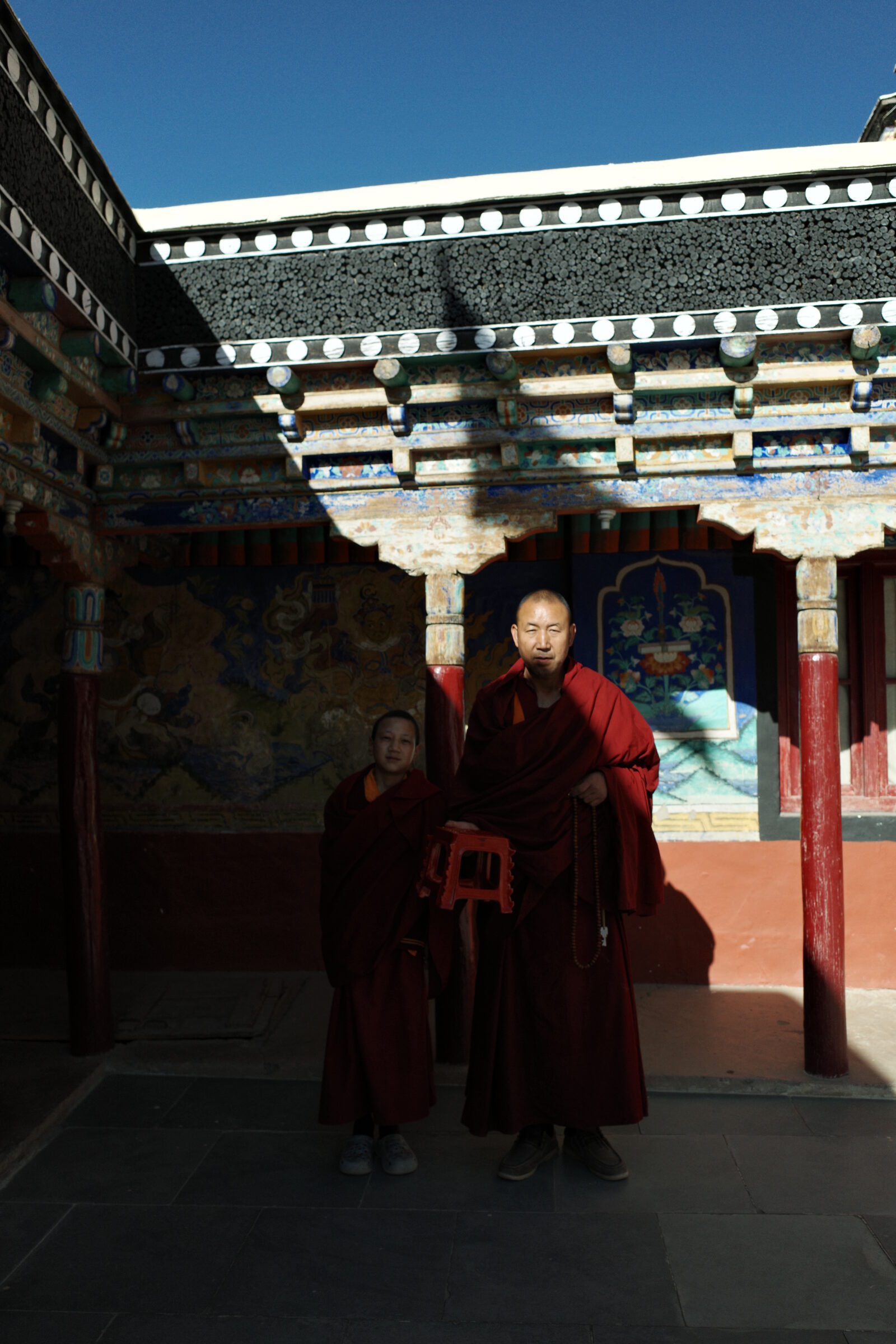
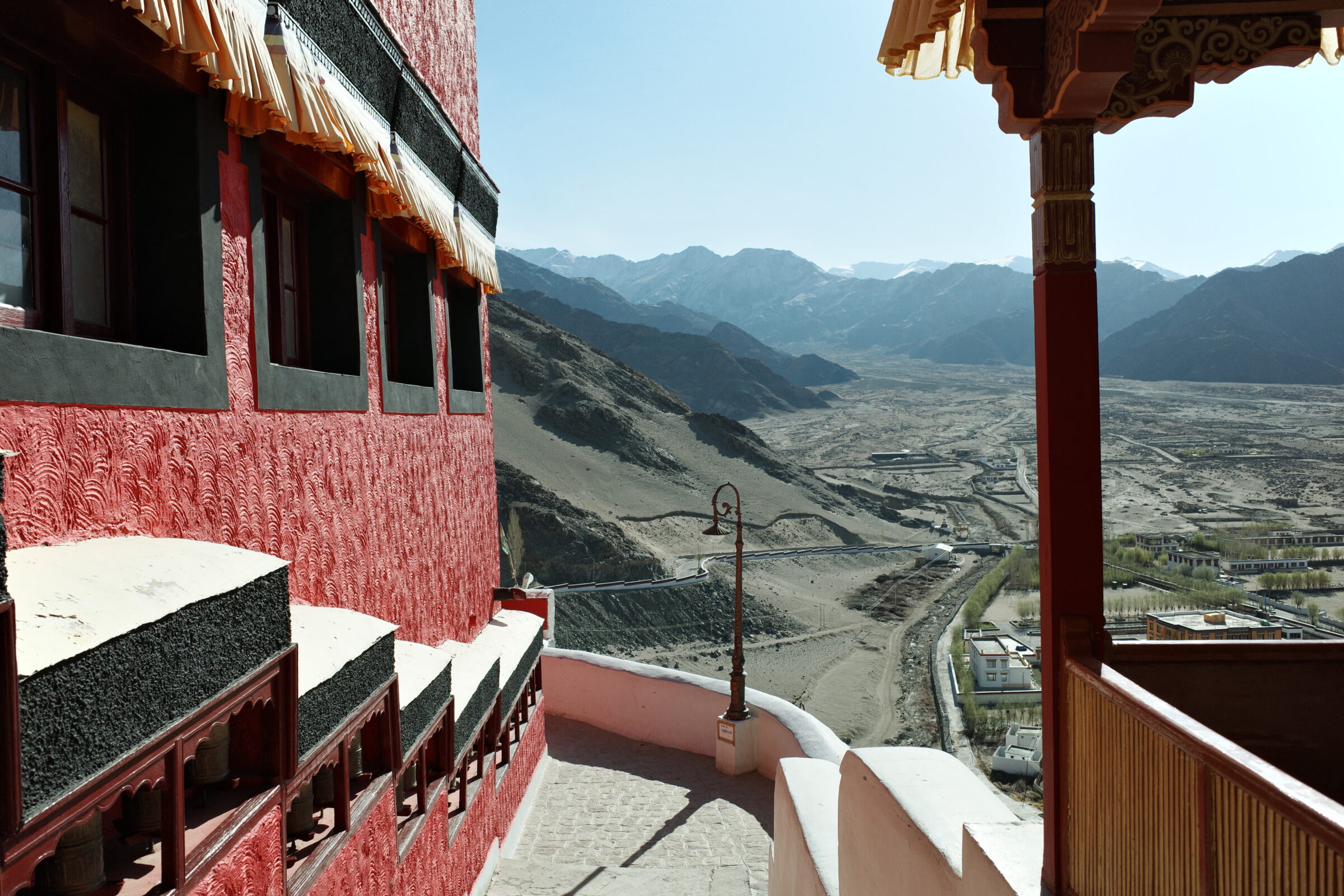
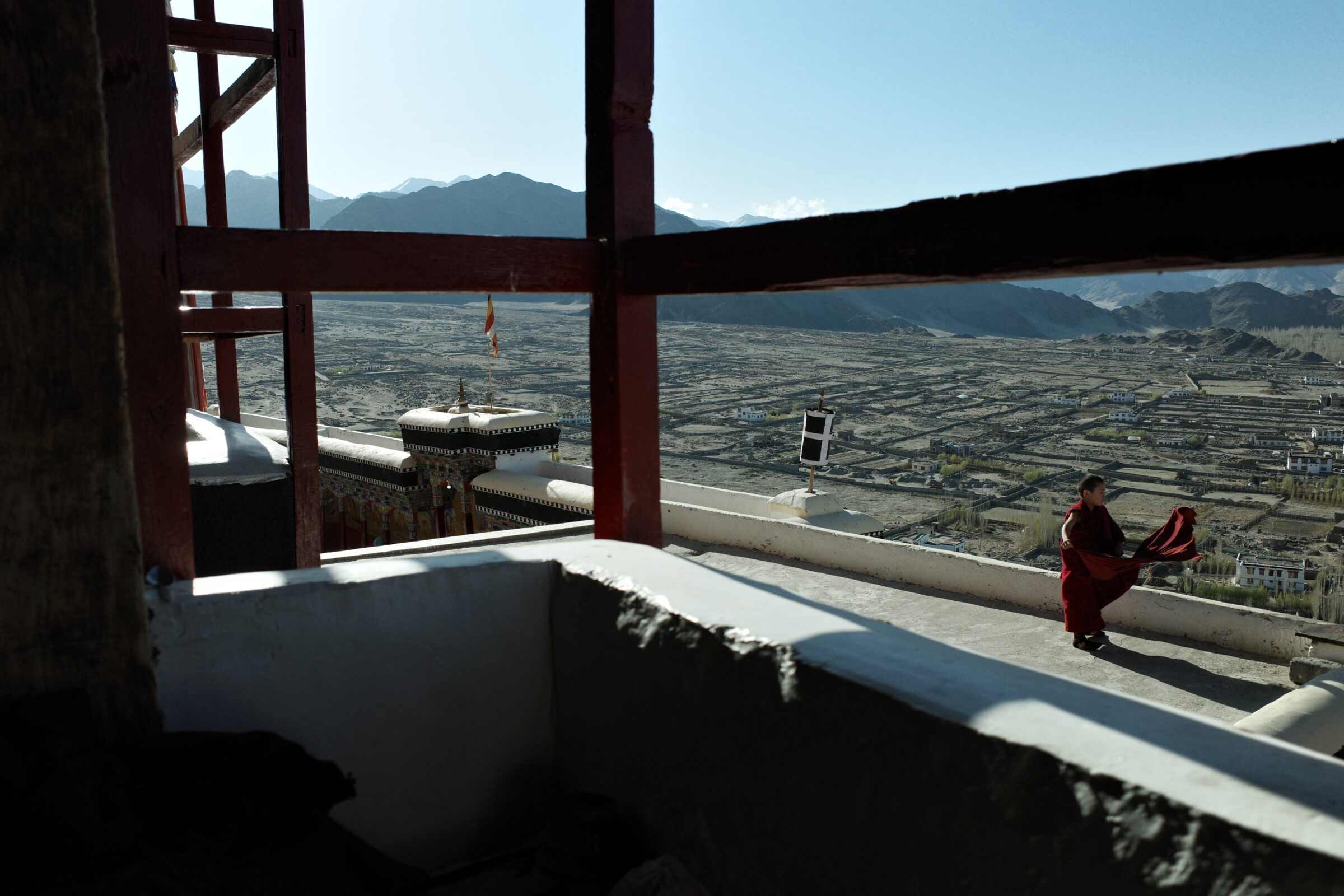
The traditional Ladakhi ceramic
At the edge of Likir, 60 kilometers to the West of Leh is the birthplace of the father son duo Rigzen Namgail, the last ceramists of the Ladakhi. The story of their craft starts in the era of king Gyalpo Namgyal, when every village of Ladakh was assigned a specific responsibility, with the people of Likir specifically entrusted with the production of pottery. This profession was then passed down from generations to generations, with only the family of Rigzen Namgail still preserving this tradition, sourcing their material from a peak pass the mountain valley at 4000 meters high.
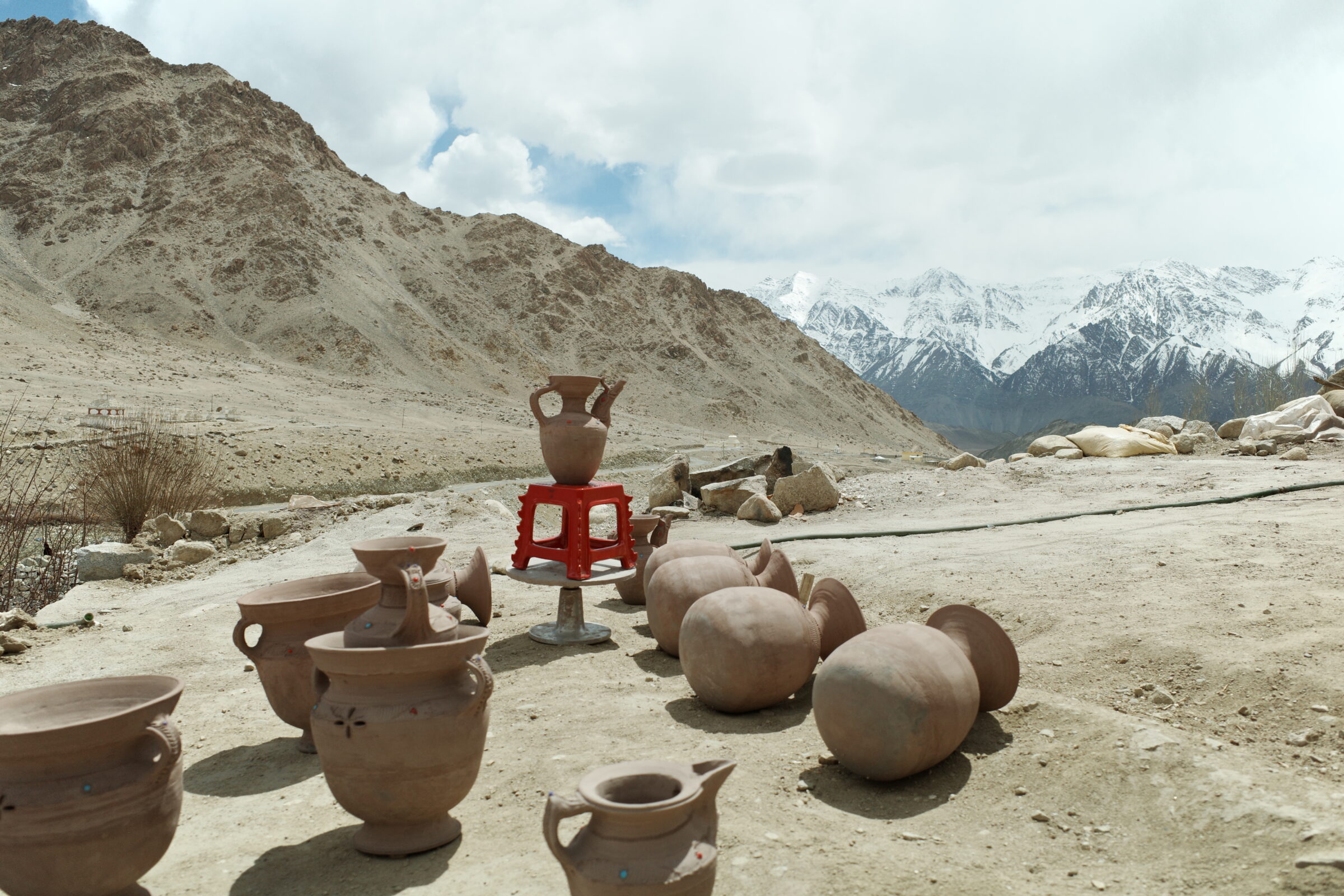


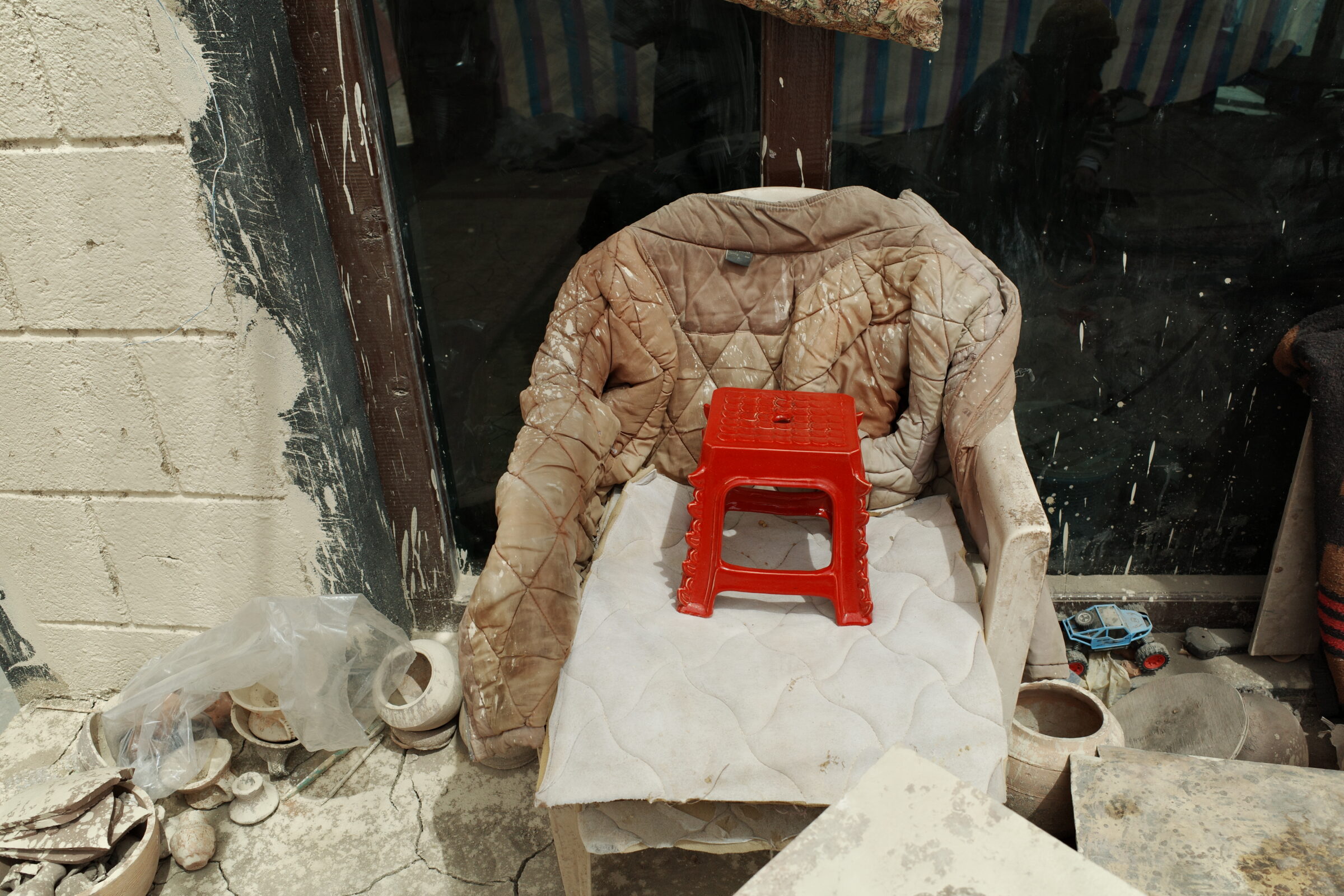
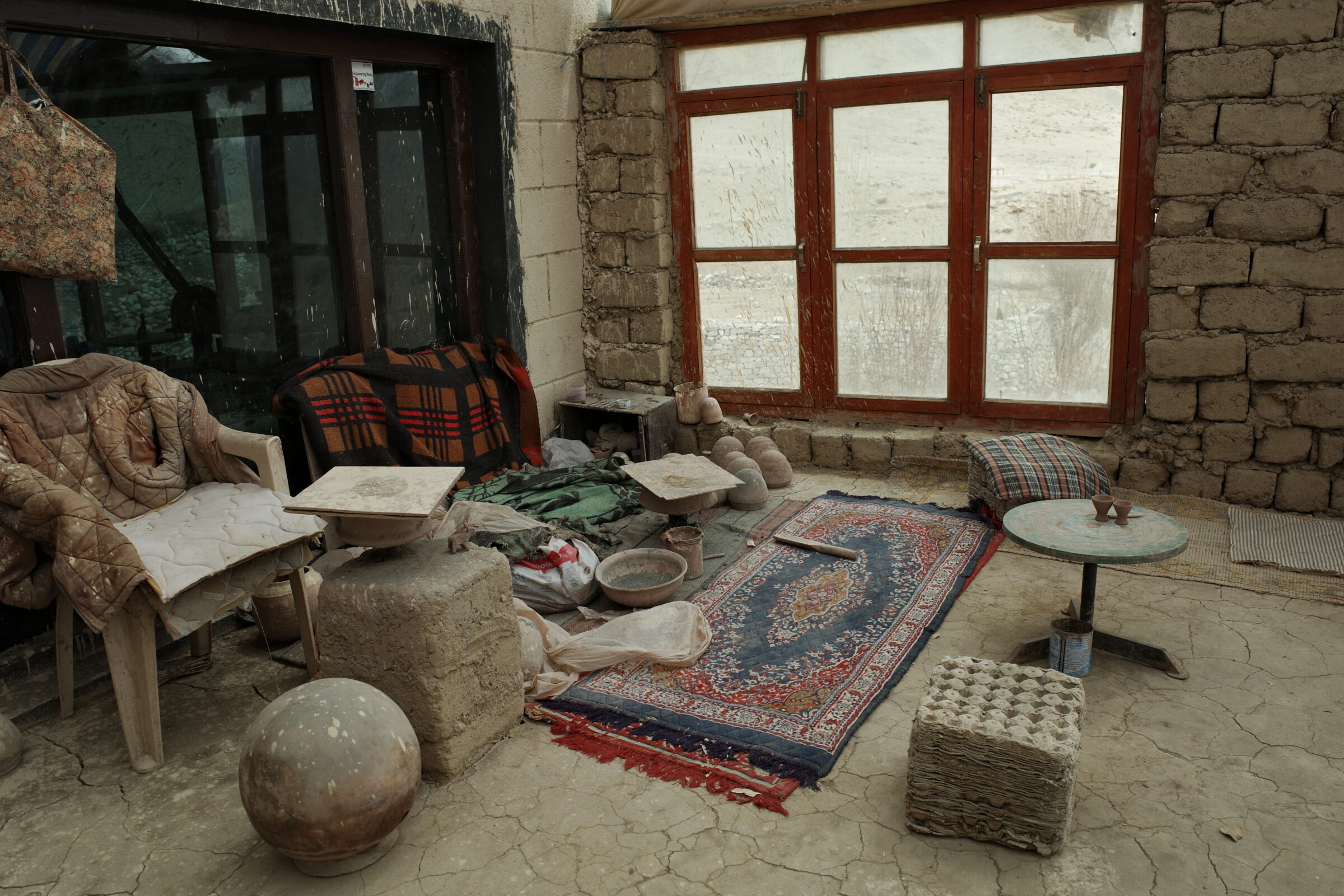
Chang La pass
The Dragon Stool at Chang La, the majestic permafrost mountain pass near the border of China, which is under the guard of the Indian military.
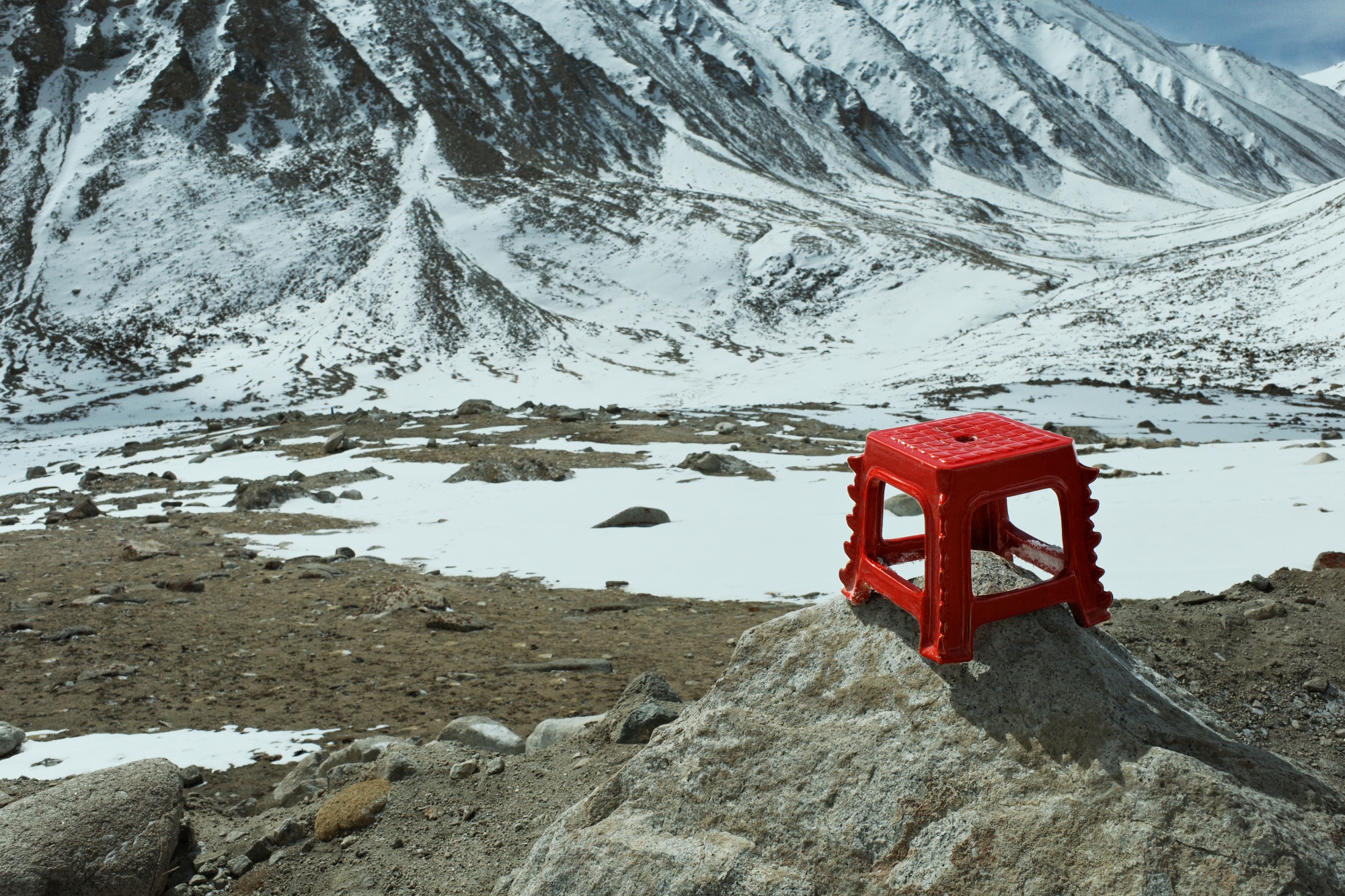

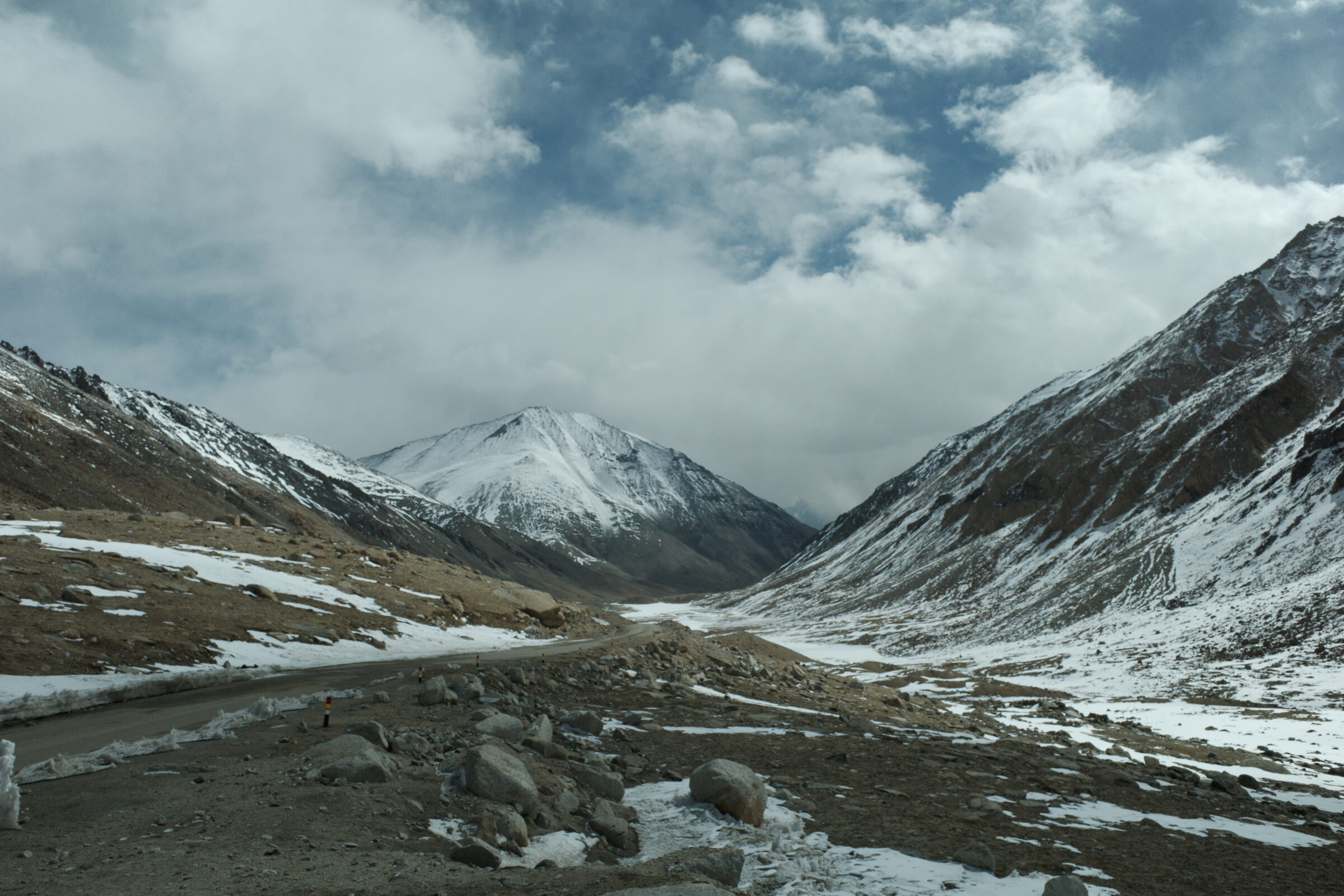
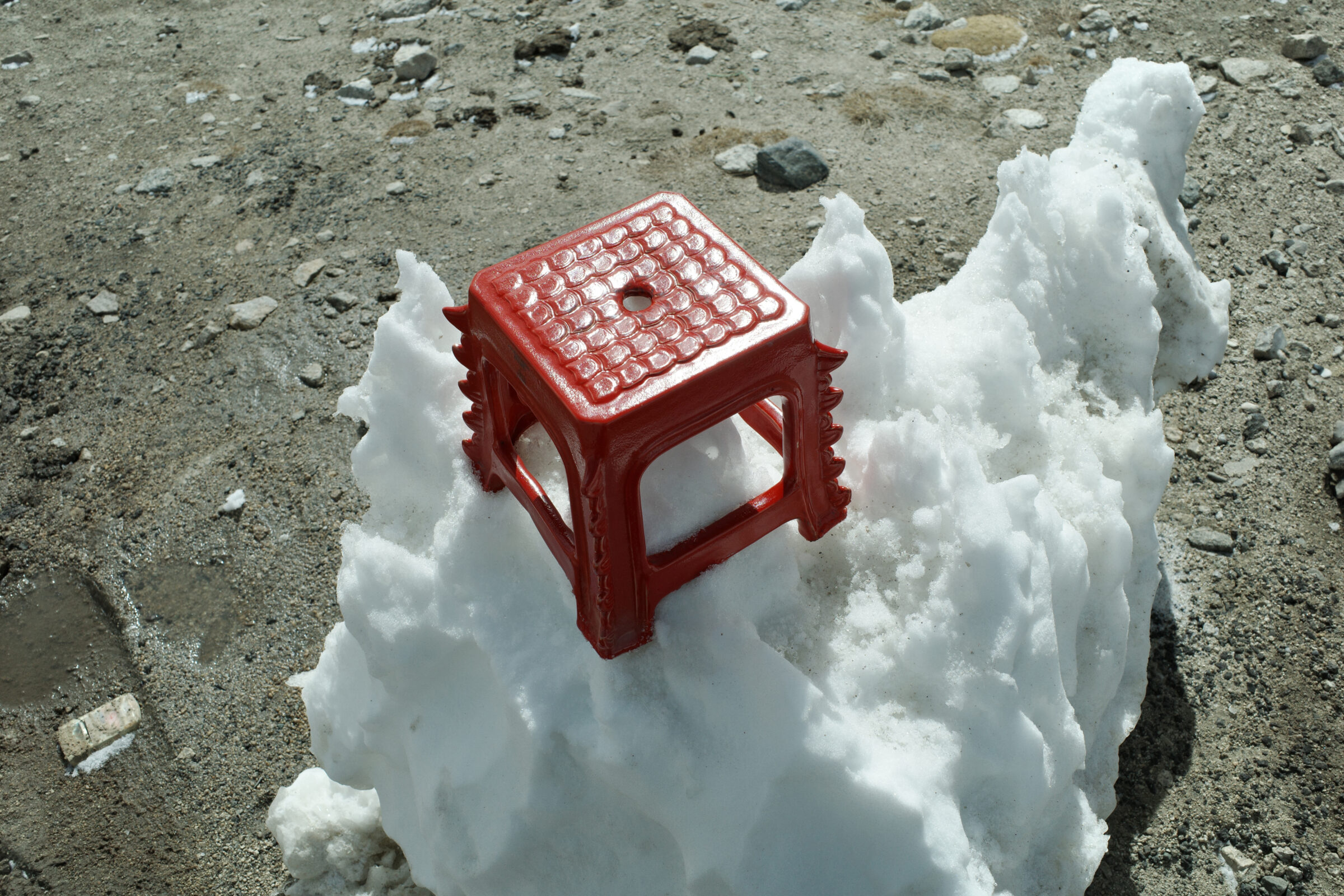
The Dragon Stool’s journey exploring this small portion of India is one that simply cannot be described with words. This was an experience of glorious, spectacular architectural marvels, profound local cultures and, most of all, spiritual peacefulness, especially with Ladakh – the secluded land of wilderness, and the edge of the world.
